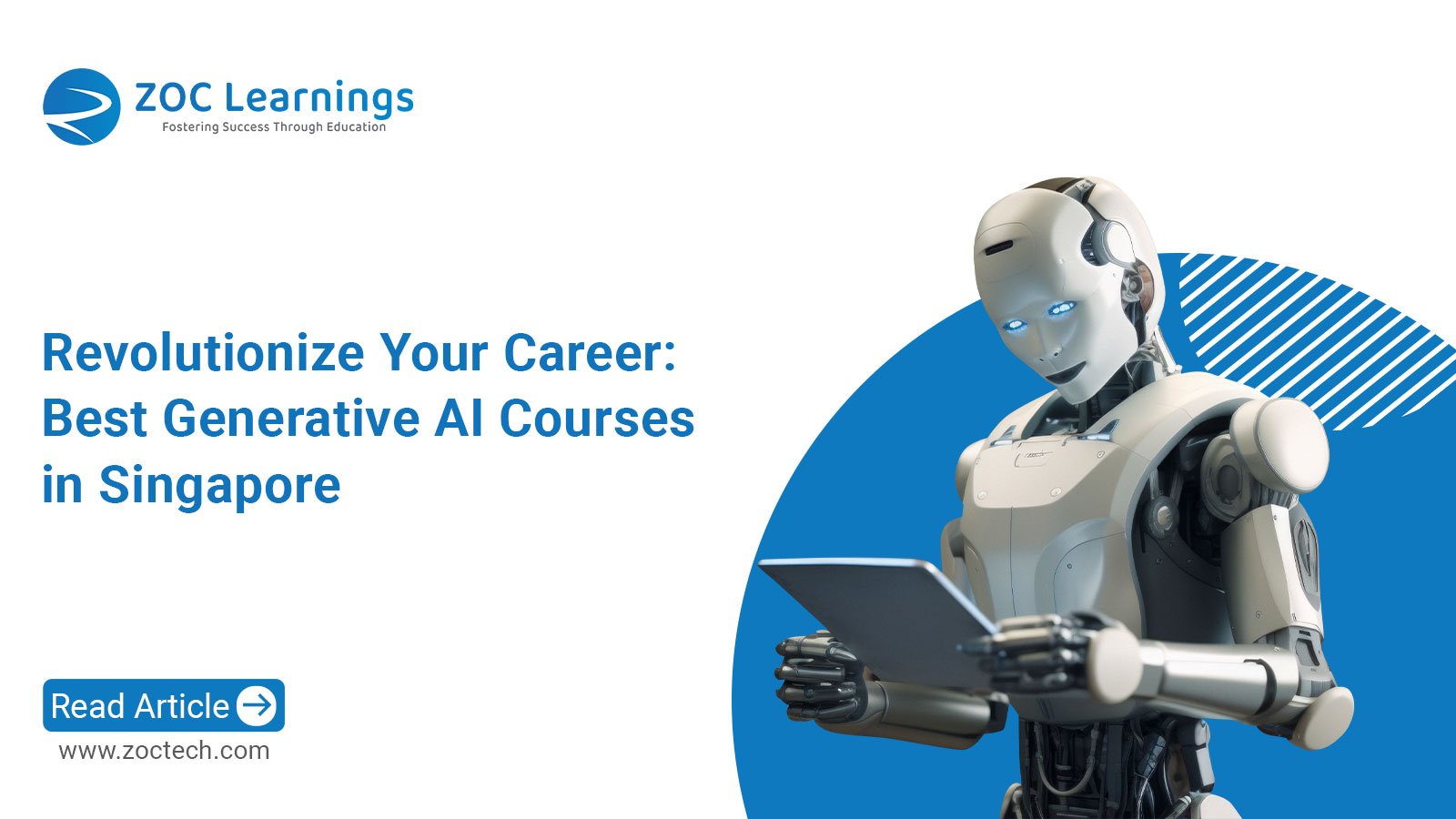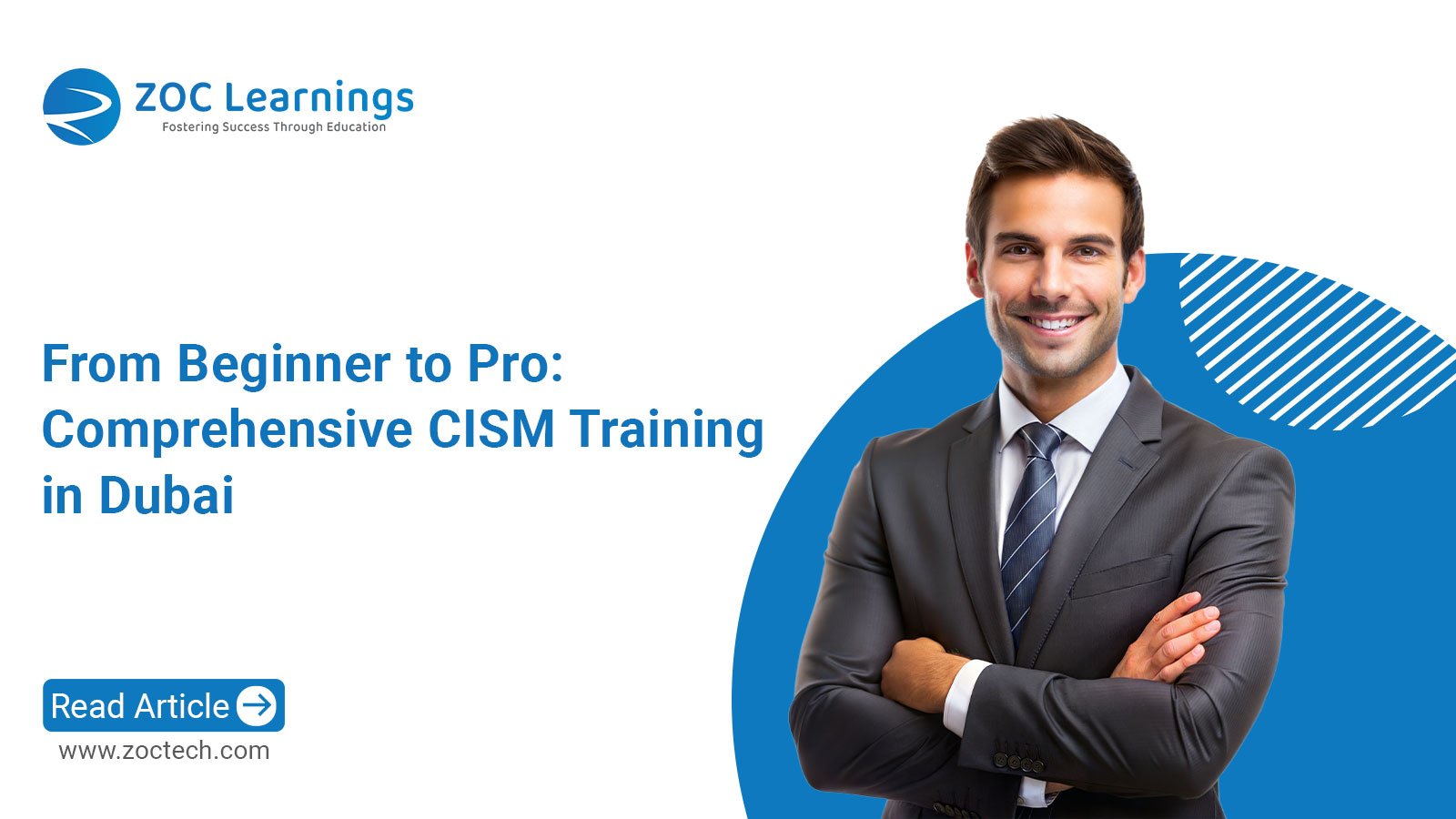
Whenever a company starts a project, the first question that comes to their mind is the type of methodology they are going to use. Each software project begins after choosing the most appropriate methodology. The most common methodology used by the software companies is Waterfall and agile methodology.
Waterfall methodology is commonly known as the traditional model for developing well-research engineering products. Mostly it is used by the construction and manufacturing industries. The methodology works on the concept of checking and reviewing each phase before moving forward. Here all the steps and their outcomes of phase one are checked and reviewed. Only after that, the process of phase two will begin. Here, the process flows in linear directions. That is why it is known as the waterfall (downward) process.
Agile methodology on the other hand works on a completely different concept. In agile methodology, the process of the project is divided into the development work on the small increments of the iterations. The methodology is based on the principle of focusing more on the people, results, collaborations, as well as flexible response to change.
Now, we can say that despite all the different principles they are based upon, both of these are the oldest and the most reliable methodologies.
Waterfall Methodology
In simple words, the waterfall methodology is the linear process of developing a project. Here is the following sequence of waterfall methodology:
- Gathering the required documents
- Designing
- Code and unit test process
- Performing system test
- Performing user acceptance testing (UAT)
- Fixing issues and bugs
- Delivering finished products
In the original waterfall methodology, it is necessary to finish the first phase before phase two begins. No new phase can be started unless the previous one is completed. For example, the designing process cannot be started unless all the required documents are not collected. That is why it is also called the linear approach.
In a waterfall approach, there are both positive and negative reviews. Find how this approach is useful for your software project:
Early decisions help a lot
The biggest advantage of the waterfall methodology is that all the major decisions have been taken early. Here both client and the company clear all the doubts in the early phases rather than having issues in the later stages. This helps in identifying quickly what will be the outcome after the complete process is done.
Easy tracking of the progress
Another advantage of the linear methodology is that the development of the project can be easily tracked down by the software company. Since each phase of the process is reviewed, the organization will know at each stage whether they are working in the right direction or not.
Different parts of the project can be handled simultaneously
Since it is a linear project, each phase is handled individually. It gives an advantage to the company that the different departments can work according to their time and schedule when in different projects. For example, when one phase of the project is completed, the other team members can start working on the other projects instead of handling a single project only. They can utilize their timings as per the demand of the work.
Customer is not required all the time
The other major advantage of this project is that there is no need for the client apart from the approvals, reviews, and general discussions of the projects. Here is no need to waste the time of the clients throughout the process.
Agile methodology
Agile methodology is known as the methodology that is based on the iteration and team-based approach. Following are the advantages of the agile methodology and how is it more convenient:
Customer can see results in parts
The good thing about the agile methodology is that the customers can see the results early. As the results are divided into the iteration, the customers are allowed to see the progress of their projects in parts. The project is given to them for review in small parts so that they will have an idea of how the final results will be.
User-focused results
If we see the methodology according to the customers, then this is the most user-focused process in the software industry. Here the company will have to engage the clients more to get their reviews frequently. That is why the customers can give their reviews and opinions about the development of the project.
Changes can be made at any stage
Since there is constant reviewing of the process in stages, there are high chances of making changes anytime required. The customers can have a look at the progress of the software in the early stage. If they don’t like something, or they want to change something, they can simply ask the developers to change that particular thing.
Quality assurance
Since the process is divided into small proportions, there I highly-quality assurance by the companies. Breaking the process into small fragments helps the team to identify their goals and manage the bugs at an early process. The project team can work easily by focusing on the results by solving the issues happening during the process.
Waterfall Vs Agile Methodology
Each project involves specific requirements. When the software team starts a project, they start by identifying the goals of the project and decide which methodology will be best for that. Both of these methodologies work on different objectives and have unique processes. It is the requirement of the project whether Agile of the Waterfall methodology is required. Both of them are best at their points.










